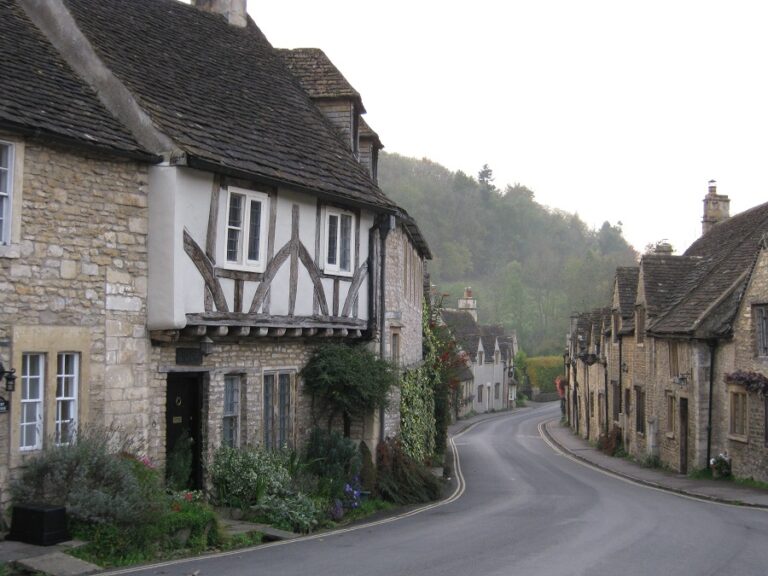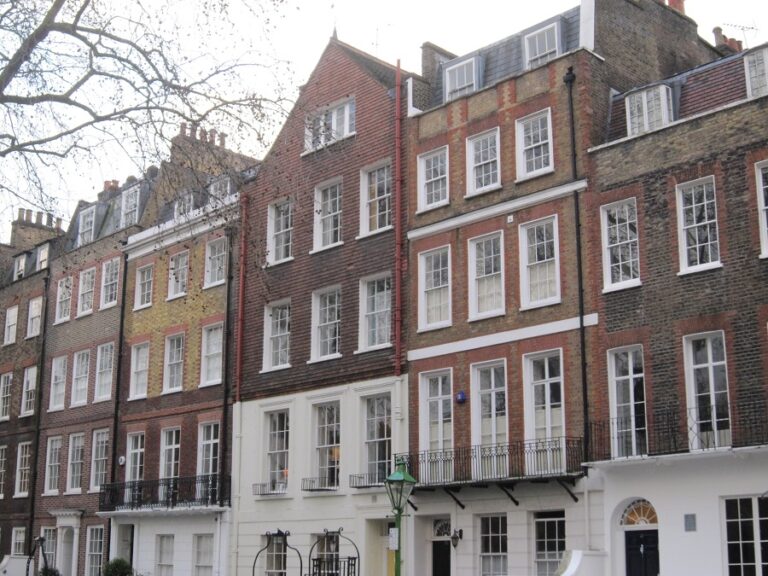This blog article is part of the 20People season – a season of exhibitions, activities and events from The National Archives that explores and shares stories that connect the people of the 2020s with the people of the 1920s.
Researching the history of houses can be a fascinating journey into the past. In recent years it has become more popular to delve into the stories found in the history of our homes, with people branching out from family history, while others have been inspired by BBC television series A House Through Time. In addition, the recent lockdowns have encouraged people to look around their home and wonder about its history.
I have been researching the history of houses across the UK for over 15 years, as well as being the research consultant for A House Through Time and co-writing the book with David Olusoga, and I will be offering a few top tips for researching the history of your house.

Researching the history of a house involves piecing together different sources to unlock the stories of former owners and occupants. Many of these need to be viewed in the County Record Office or city or borough archives for the location of the house, but, in addition, sources are held in The National Archives, and increasingly more are available through subscription sites including www.ancestry.co.uk, www.findmypast.co.uk, and www.thegenealogist.co.uk.
One of the best ways to start is by looking at maps, including the historic Ordnance Survey collection, produced in detail periodically from the mid-19th century. Many of these can be viewed via the National Library of Scotland. In addition, other local and regional maps can be viewed in local archives, plus websites such as Layers of London and Know Your Place West of England.
When delving into the documents related to the history of houses there are a few things to remember. Firstly, prior to the 20th century, most people rented, with only around 10-12% of the population being owner-occupiers prior to 1914. Also, street names and house numbers (and names) change, and in the early records most houses are not clearly identified so it is necessary to track the house by the names of owners and occupants. These elements mean it can be easier to trace the history backwards, following the house and the names of people from more recent history back through time.

As we look forward to the release of the 1921 Census on 6 January 2022, it is important to highlight the census as a key source. Each census (1841-1921) provides a picture of the occupants of a house, with varying details, including occupations, ages, and place of birth. However, a crucial point for the history of houses is that it includes everyone in the house, including children, servants, and lodgers, whereas many other sources often only include the head of the house. (See Census records research guide).
The 1939 Register, taken in September 1939, offers vital information for the population at the outbreak of the Second World War. Until now this has been one of few sources providing personal details for the inter-war period, but now with the 1921 Census (particularly as the 1931 Census was destroyed and a 1941 Census was not taken) the two sources offer fantastic social history for the households of our ancestors during the 1920s and ‘30s. (See 1939 Register research guide).
Other sources for piecing together the names of former owners and occupants include electoral registers (remembering that prior to 1928 not everyone was eligible to vote) plus directories, often known as Post Office Directories or Trade Directories.

The legal documents for a house, or deeds, are another significant source. These can include leases, mortgages, conveyances and more. Your mortgage provider or solicitor may hold these, plus more recent details through Land Registry, but surviving historic deeds can also be found in the County Record Office, often within landowners’ or solicitors’ collections. If the house was part of a manor, records, including deeds, rental books, surveys and manor court books, can be found in manorial collections. (See Manors research guide).
Tax records are also a key source, including parish rate books and land tax, but also a source at The National Archives – the Valuation Office Survey 1910-1915. This was a survey of property undertaken for a new tax (which did not eventuate). It includes a map, which attributes a number to each property, and corresponds with a field book, providing details of owners and occupants, as well as a description of the property, and more. (See Land use, value and ownership: Valuation Office Survey 1910-1915 research guide).
Further sources include tithe maps and apportionments, which were a survey of property undertaken when the payment of tithes was changing during the 1830s and 1840s. Some of these can be viewed through www.thegenealogist.co.uk or copies are held at The National Archives, but original records will also be in the County Record Office. In addition, the Enclosure maps and awards, which record the enclosure of fields and common lands (usually during the late 18th and early 19th centuries) offer further details of property. (See Tithes research guide and Enclosure awards and maps research guide).

There is also a wide range of other sources that contribute to piecing together the history of a house, including drainage and building plans, insurance records, newspapers, sales particulars and auction catalogues, and the National Farm Survey, taken during the Second World War, and held at The National Archives. (See National Farm Survey of England and Wales 1941-1943 research guide).
Once compiling the names of former owners and occupants, research will move into the world of genealogical research, revealing more about the people and their stories. This will include parish registers and civil registration, as well as wills and probate, plus other sources such as military records and other personal history sources.
Researching the history of a house can involve becoming a bit of a detective, as you piece together details from different sources to reveal the stories of owners and occupants through the life of a house. However, you will not be disappointed as you peel back the layers of the history of your home.
Melanie Backe-Hansen (www.house-historian.co.uk) is an independent house historian specialising in researching the social history of houses. She works with private homeowners and corporate clients, while also being an author, speaker, TV consultant and on-screen expert. She is research consultant for the BBC programme, A House Through Time, and co-wrote the book to accompany the series with David Olusoga.
20sPeople at The National Archives
20sPeople at The National Archives explores and shares stories that connect the people of the 2020s with the people of the 1920s. Accompanying the release of the 1921 Census of England and Wales, 20sPeople shows what we can learn by connecting with those who have gone before us. Find out more at nationalarchives.gov.uk/20speople.

this was extremely useful as a starting point. Inspired by ‘A House Through Time’ I am researching the history of m y own home and of others in our ancient street in Salisbury Wiltshire.
This is not good, a lot of people have paid hundreds of pounds to Ancestry, Genes and other sites expecting that their subscriptions would include the newly released 1921 Census, so that they could continue their research without having to pay for each record, sometimes you have to view hundreds of records before you find the information you want for your tree. Searching with a minimum viewing cost of £2.50 per item would cost you a fortune, hope that this census can be released to the public for free viewing soon
1921 Census,
Address on both the images of the census returns I purchased show address.
Surely the point is the address should be visible on the return itself.
These returns have been clipped too short and this misses off the address.
Our Shady Nook Cottage, Gotherington is Grade 11 listed. When we moved in a few years later we asked Dr Dan Miles, Oxford Dendrochronology Laboratory to come & see our house. He took samples & later told us that Shady Nook is pre 1450!!
I have recently traced our family history back to the late 1500’s thanks to Manor Court Rolls and found that the family were responsible for building at least one of the houses in the village and as the houses have all been surveyed, I found out which ancestor was responsible for each phase of the building, fascinating. The houses are still lived in
The address is on the other side of the people page, and is shown in the supporting images included in the purchase.